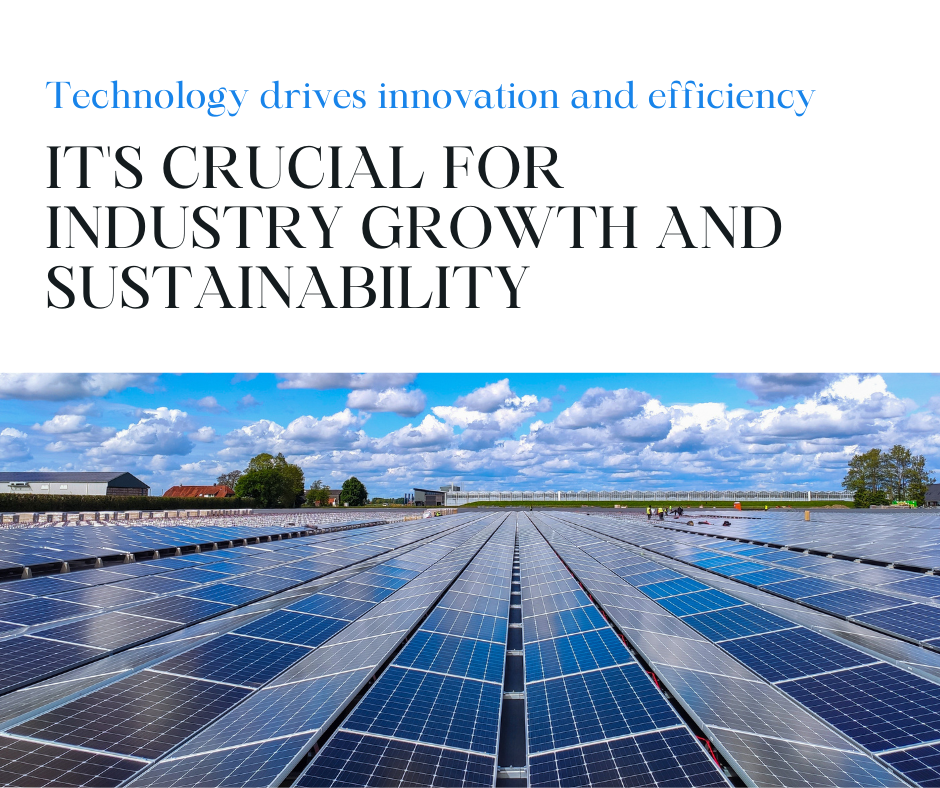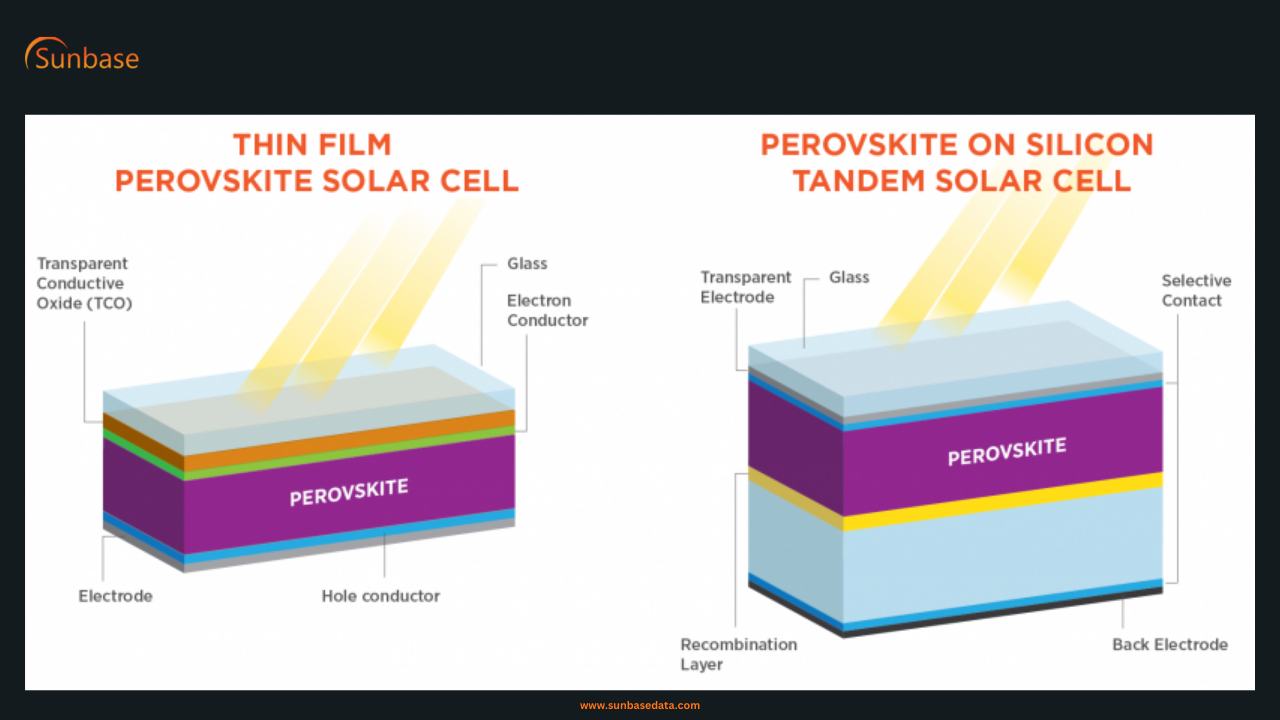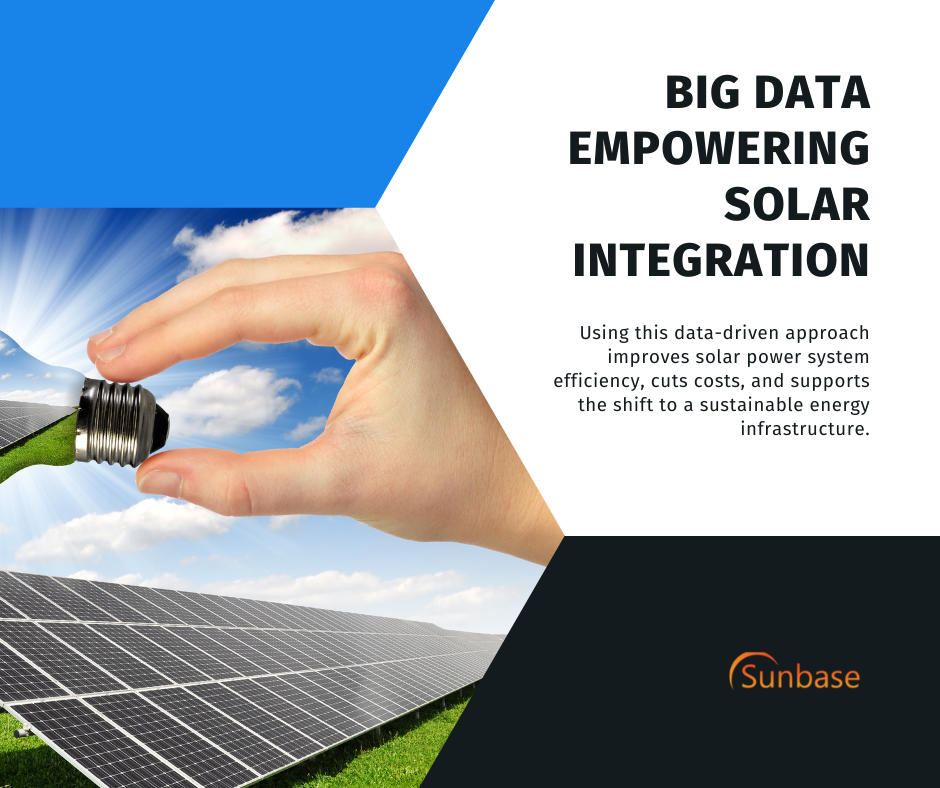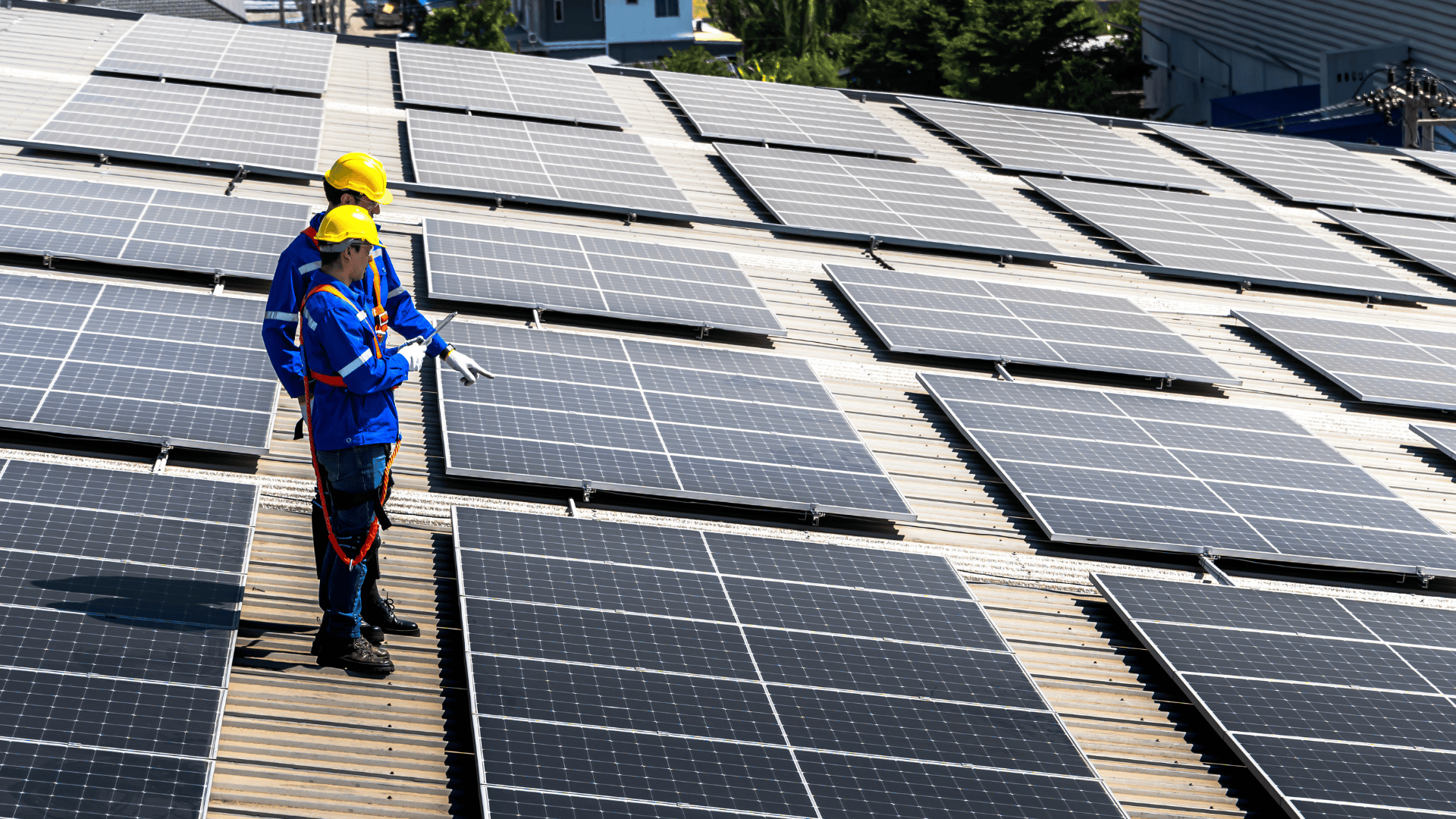April 16, 2024
"Technological change is the key to a clean energy future."- Veronique Lave (Economist, Stanford University)
Imagine a world powered by the sun. This vision is becoming a reality, thanks to the solar industry's rapid growth. Driven by technology, solar power is transforming the energy landscape, offering a cleaner, more sustainable, and cost-effective alternative to fossil fuels.
The solar industry's expansion is fueled by technological advancements, from efficient solar panels to advanced energy storage solutions. So, nothing could be better for now than exploring the latest innovations and trends that are making solar power more accessible, efficient, and affordable.
Let's dive into the technological advancements shaping the future of solar energy.
The Evolution of Solar Power:
Harnessing sunlight to generate electricity is a remarkable feat. Solar power plants are predominantly made of silicon, where solar cells convert sunlight into an electric current.

In 1954, installing solar panels first in the US showcased an efficiency of approximately 5%. Fast forward to today, Chinese manufacturer LONGi unveiled a groundbreaking 26.81% efficiency for silicon solar cells, setting a new global standard.
While silicon cells can't capture 100% of solar power generation due to material limitations, advancements like tandem solar cells aim to boost efficiency and reduce costs. The quest for more effective solar technology continues to shape the future of renewable energy.
Overview of the current state of the solar industry:
Solar Energy Industries Association leads the shift to clean energy, aiming for 30% solar power in the US by 2030—Collaborates for job creation and fair market rules. Passionate team driving impact through diversity and inclusive culture. Award-winning workplace!
The Inflation Reduction Act aims to boost green energy sectors, by incentivizing solar and storage investments across the nation.
With the solar Investment Tax Credit, decreasing costs, and rising demand for clean electricity in private and public sectors, the country now has over 179 gigawatts (GW) of solar capacity installed, enough to power about 33 million households.
California boasts 75,712 solar jobs, sourced from SEIA and the Bureau of Labor Statistics. These roles cover installers, solar sales, chemists, engineers, power plant operators, and beyond.
Let's Shine a Spotlight on Technology's Influence in the Solar Industry.
Illuminating the Solar Boom with Digital Advancements
Solar power has gone through an extraordinary transformation over the past few decades—from a fledgling technology to standing on the brink of mass adoption. Key to this growth is digital technologies that have made it simpler, more efficient, and more cost-effective to harness the sun's power.
1. Smart Solar Technology
The integration of smart technology in solar panels and systems has significantly enhanced their performance and utility. Smart solar solutions leverage IoT (Internet of Things) to monitor and manage energy production and consumption in real time, optimizing energy usage and contributing to grid stabilization.
2. Digital Solar Design Tools
The adoption of digital software for solar system design has accelerated the installation process, reduced errors, and improved the accuracy of energy yield predictions. A tool like Sunbase is an example of how precise solar installation has become.
If you want your solar installers to advance your business with precision then use solar design tools for commercial as well as residential solar and visit Sunbase!
Silicon heterojunction and tandem solar cells
To further improve the efficiency and cost-effectiveness of solar power technology, researchers are exploring new techniques such as silicon heterojunction and tandem solar cells.
1. Silicon Heterojunction Solar Cells
Silicon heterojunction solar cells use a combination of different layers of silicon to increase their efficiency. This allows them to absorb more sunlight and convert it into electricity.
2. Tandem Solar Cells
Tandem solar cells use multiple layers of different materials to capture a broader spectrum of sunlight and increase efficiency. By combining materials with different bandgaps, tandem cells can achieve higher conversion rates than traditional silicon solar cells.
Overall, the integration of new technologies and innovations in the solar industry has propelled it towards widespread adoption, making it a crucial player in the global transition to clean energy. With continued advancements and collaborations, the future of solar power looks brighter than ever. So, let's continue to support and invest in renewable energy solutions for a sustainable and greener future for all.

Perovskites and Thin-Film Solar Cells
Perovskite and thin-film solar cells are two other emerging technologies in the solar industry that hold promise for increased efficiency and cost-effectiveness.
1. Perovskite Solar Cells
Perovskite solar cells utilize a material called perovskite, which has been shown to have high light-absorption properties. While still in the early stages of the solar market, perovskite solar cells have the potential to surpass traditional silicon cells in efficiency and cost.
2. Thin-Film Solar Cells
Thin-film solar cells use less material than traditional silicon cells, making them more lightweight and flexible. This makes them ideal for applications such as building-integrated photovoltaics and portable solar panels.
The development of these new technologies highlights the continuous effort to advance and improve solar power technology, making it a viable and attractive option for meeting our energy needs. As we continue to invest in renewable energy solutions, we move closer to a cleaner and more sustainable future.
The Revolution in Solar Energy Storage
By improving storage capabilities, solar companies can overcome the challenge of providing a consistent and reliable energy supply.
1. Advancements in Battery Technology
Lithium-ion batteries, favored for their energy density and long cycle life, have become the frontrunners in battery storage. However, new contenders like solid-state batteries and flow batteries offer even greater potential for energy storage applications.
2. Grid-Level Storage Solutions
In addition to rooftop solar, there is a push for grid-scale solutions to support the integration of solar and other renewable energy sources into the power grid.
Empowering Solar through Artificial Intelligence
1. AI in Solar Panel and Material Design
AI-assisted design processes are improving the efficiency and lifespan of solar panels, as machine learning algorithms analyze vast datasets to optimize cell and material structures.
2. AI for Predictive Maintenance
Utilizing AI for predictive maintenance can identify and address issues in solar systems, reducing downtime and maintenance costs, and ensuring optimal performance.
Solar Forecasting and Integration with Big Data
The integration of solar energy into the broader domain of big data and analytics is enabling more informed decision-making and a smoother energy transition.
1. Big Data's Role in Solar Integration
Big data analytics optimizes solar energy integration by analyzing data on energy generation, weather patterns, and system performance. Machine learning algorithms, time-series analysis, statistical techniques, and data visualization aid in predictions, performance optimization, and decision-making.

Big data analytics techniques and GIS tools help the clean energy industry handle large datasets, analyze factors, and improve resource allocation. Pattern recognition techniques optimize system performance, detect irregularities, and enhance decision-making.
2. Data-Driven Policy and Economics
Leveraging data-driven insights can lead to the development of smarter policies that support the growth of solar energy and drive economic viability within the industry.
Conclusion
The synergy between technology and the solar industry is accelerating the shift towards a sustainable, renewable energy future. With every advancement in digital platforms, energy storage, AI, and data analytics, the solar industry is solidifying its position as a key player in the global energy landscape.
Renewable energy advocates, tech innovators, and industry professionals also have much to be excited about. The future of solar power, propelled by relentless technological innovation, is brighter than the sun it harnesses.
About Sunbase
Sunbase helps companies succeed through a suite of tools like Solar CRM, Solar Project Management Software, Solar Proposal Software, etc.! To book your demo or an appointment, contact us here!
Frequently Asked Questions
Q1. What technology powers solar energy?
Solar energy mainly utilizes photovoltaic (PV) tech, converting sunlight into electricity with semiconductor materials like silicon. Emerging solar tech includes perovskite and thin-film cells.
Q2. Is solar the future?
Absolutely! Solar tech is the future of clean, renewable energy. Advances and cost reductions make it a viable option for meeting energy needs sustainably. Increased global investment promises growth and innovation in the industry.
Q3. How big is the solar market?
Rapid growth! Valued at $52.5 billion in 2020, the solar tech market is projected to hit $223.3 billion by 2026 (Mordor Intelligence). Rising clean energy demand and government incentives drive this expansion. Expect continual growth with new tech integration.
I agree to receive marketing messaging from Sunbase at the phone number provided above. I understand data rates will apply, and can reply STOP to OPT OUT.







